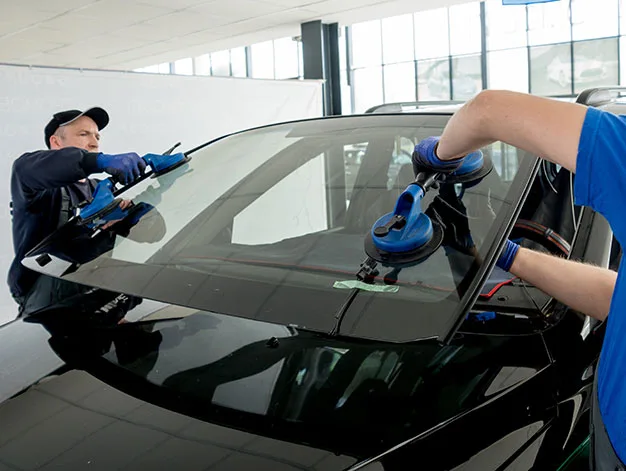The Cultural Impact of Iconic Windshield Designs on Popular Cars
Windshields aren't just for seeing. They're part of a car's personality. Iconic designs:
- Reflect the times: Think 1950s curves or futuristic displays
- Become pop culture symbols: Remember the DeLorean?
- Shape what we want in a car: Safety, style, and even sustainability matter
Windshield design is a window into our driving culture.
Iconic windshield designs have shaped car culture. They have also reflected societal trends. They have influenced consumer perceptions and media. The styles are from the curved 1950s. They go to futuristic augmented reality displays. These designs enhance safety, looks, and brand. They also embrace greenness and tech.

Evolution of Windshield Designs: A Journey Through Time
The journey of windshield design is as old as the automobile itself. The early 20th-century models had flat glass panes. Today's windshields are aerodynamic and advanced. Each design reflects the values of its era. For instance, the windshields of the 1950s were curved. They offered better aerodynamics and mirrored the hopeful spirit of the post-war era.
Impact on Pop Culture and Media
Iconic cars have distinctive windshields. They often take center stage in popular media. This reinforces their status as cultural symbols. The DeLorean DMC-12 had a sleek, wrap-around windshield. It became a symbol of futuristic design after appearing in "Back to the Future." The split windshield of the Volkswagen Beetle was similar. It became an emblem of the 1960s counterculture.
Influencing Consumer Preferences and Trends
Windshield designs play a crucial role in shaping consumer preferences. The introduction of panoramic windshields in models like the Tesla Model X has not only enhanced driver visibility but has also set new standards in luxury and innovation, influencing consumer expectations and market trends.
Technological Advancements and Safety Innovations
Advancements in windshield technology have significantly contributed to vehicular safety. Laminated glass, UV protection, and integrated HUD systems have improved the driver experience. They offer safety and convenience. High-end models have augmented reality in their windshields. This marks a leap towards futuristic driving.
Environmental Considerations and Sustainability
The shift is towards sustainable and eco-friendly materials in windshield manufacturing. It reflects the auto industry's response to environmental concerns. Using recycled glass and sustainable methods reduces the ecological footprint. It aligns with the growing consumer demand for eco-friendly products.
Design Aesthetics and Brand Identity
Windshield designs contribute significantly to a car's aesthetic appeal and brand identity. For instance, the windshield of a Lamborghini is angular and aggressive. It is as much a part of its identity as its roaring engine. These design choices make things look better. They also create a brand's image in the mind of the consumer.
Reflection of Societal Values and Trends
The evolution of windshield designs is a mirror of societal values and trends. The increasing emphasis on driver safety and environmental sustainability is evident in the design and functionality of modern windshields. This alignment with societal values enhances brand perception and fosters a deeper connection with the consumer base.
Future Trends and Innovations
The future of windshield design promises even more exciting innovations. Autonomous vehicles are bringing a change. Windshields may become interactive displays. They will offer entertainment and information. This change will redefine driving. It will also open new paths in car design and function.
Conclusion
Windshield designs have a big impact on car culture and consumer trends. The impact is deep and complex. They are not just functional. They also symbolize progress, values, and preferences. As we move forward, windshield designs will keep evolving. They will play a key role in shaping the future of car culture.
